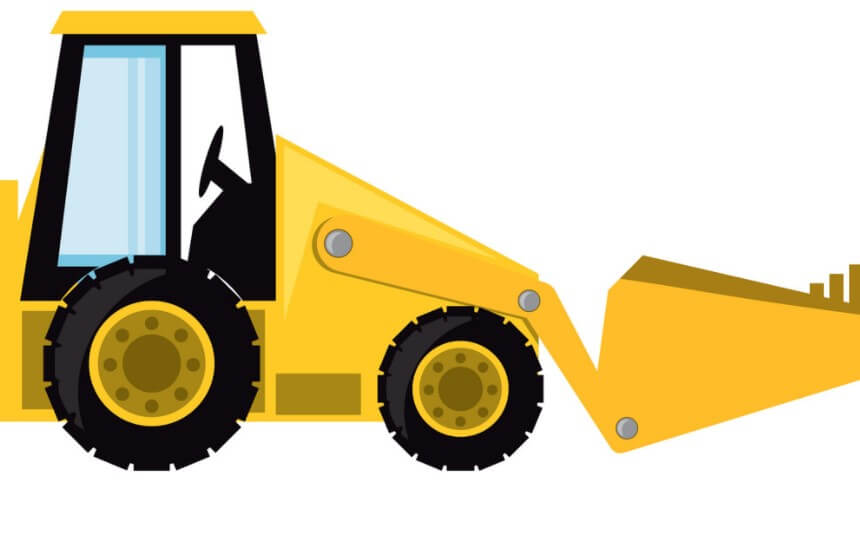A skid steer loader is an excellent workhorse on the farm, around your home or at the construction site. Use these five tips to maintain your equipment and keep your loader hauling, digging and mowing. Find out skid loader attachments can accomplish your professional and DIY tasks with greater efficiency.

Keep Track of Fluids
Skid steer loaders are vehicles that require routine maintenance and plenty of fluids to operate. Low oil, fuel, hydraulic fluid or coolant can cause serious engine damage or slow down your workday. Check all the fluid reservoirs on your machine before you start your workday. If your coolant or hydraulic fluid is low, it’s typically a sign of a leak.
Be sure to use the proper fluids for your type of loader. Improper oil or hydraulic fluid can be just as damaging as low levels of oil over time, which can stall your workday and increase the cost maintenance. Look for pools of oil or coolant on your shop floor or outdoor parking area as a sign of a fluid leak. Inspect the system and replace the hoses, O-rings or other components causing the leak.
Inspect the Engine
Look for signs of unusual engine issues. Debris, leaks or other issues need to be addressed before you fire up your engine and get to work. Don’t just check the engine itself, but look at the radiator, air intake and other components for anything unusual. Skid steer loaders work in rough conditions, so they may be more prone to clogged air filters and other debris buildup compared to your truck or other vehicle.
Adjust Track Tension
The tracks on your skid steer may loosen over time. Loose tracks put additional strain on your engine and other components, which can lead to costly repairs. Follow your owner’s guide on the correct track adjustment steps.
If your skid steer loader uses tires instead of tracks, inspect them for signs of balding, uneven wear or low air pressure. Your tires will wear out over time, so check for new tires while you shop for a bale spear for loader and other attachments.
Perform a Front End Check
The front end of your skid steer loader is where the bucket and other equipment attach. Before beginning your workday, it’s important to not only inspect the hydraulic hoses connection points and safety pins, but also the attachments themselves. A worn-out attachment should be repaired or replaced, or it may lead to injury or damage the materials you’re hauling and handling.
Invest in Quality Attachments
Quality front-end attachments make the difference between a typical skid steer loader and a versatile, efficient machine. Don’t attempt to use the wrong tool for the job, but select the ideal attachment for your project. A variety of attachments prepares you for unexpected tasks throughout your work day.
Pick up a skid loader auger attachment, hay spear, pallet fork and other excellent attachments through a reliable online store. Ordering online allows you to carefully choose components, read customer reviews and find the ideal option to be delivered to your home or commercial location.